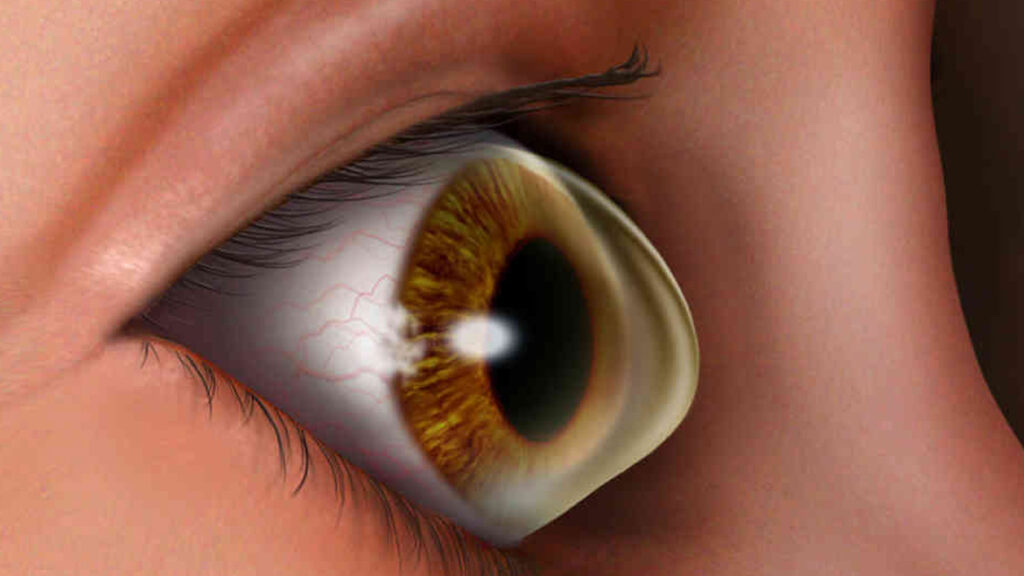
EYE TREATMENTS
Keratoconus
Keratoconus is an eye condition in which your cornea — the clear, dome-shaped in front of your eye — gets thinner and gradually bulges outward into a cone shape.
Keratoconus is an eye condition in which your cornea — the clear, dome-shaped in front of your eye — gets thinner and gradually bulges outward into a cone shape.
A cone-shaped cornea causes blurred vision and may cause sensitivity to light and glare. Keratoconus usually affects both eyes. However, it can affect one eye more than the other. It generally begins to affect people between the late teens and 30 years of age. The condition may progress slowly for 10 years or longer.
In the early stages of keratoconus, you might be able to correct vision problems with glasses or soft contact lenses. Later, you may have to be fitted with rigid, gas permeable contact lenses or other types of lenses, such as scleral lenses. If your condition gets worse, you may need a cornea transplant.
A procedure called corneal collagen cross-linking may help to slow or stop keratoconus from progressing, possibly preventing the need for a future cornea transplant. This treatment may be offered in addition to the vision correction options above.

Symptoms
- Blurred or distorted vision
- Increased sensitivity to bright light and glare, which can cause problems with night driving
- A need for frequent changes in eyeglass prescriptions
- Sudden worsening or clouding of vision

Causes
No one knows what causes keratoconus, although genetic and environmental factors are thought to be involved. Around 1 in 10 people with keratoconus also has a parent with the condition. Frequent eye rubbing was found to be one of the important factor involved.
